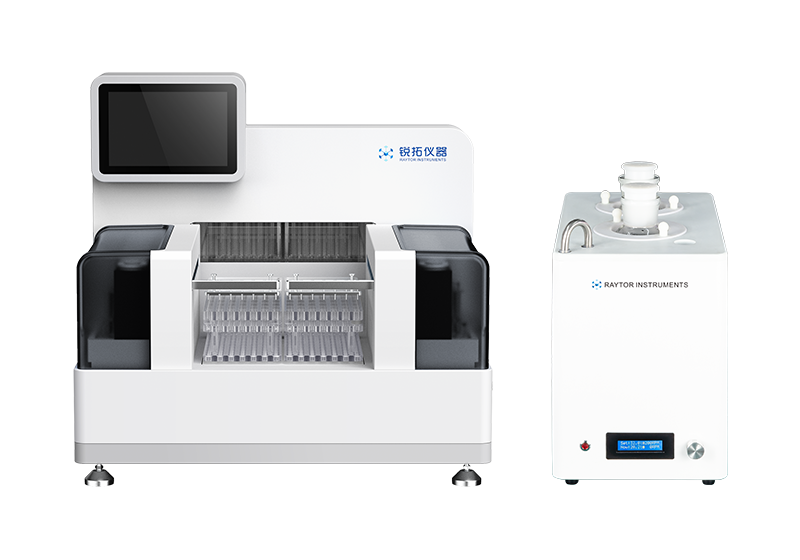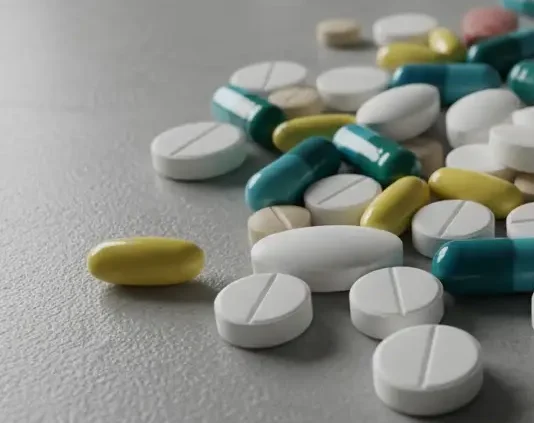Permeability Data Enables Precise Assessment of Generic Drug Similarity to Brand-Name Products
2025-11-06
In the bioequivalence evaluation of generic drugs, the core principle is that "generic drugs must be consistent with the quality and efficacy of the innovator drug." This encompasses the rate and extent of absorption after drug release, collectively referred to as "bioequivalence."
Permeability Measurement of PAMPA Using Raytor NCE DP
Bioequivalence studies require not only sound experimental design and research conditions but also appropriate analytical tools. Today, through a real-world sampling case study, we demonstrate how to leverage the PAMPA permeability assay on the Raytor NCE DP to precisely evaluate the similarity between generic drugs and originator drugs from the perspective of "in vitro permeability."
Background of Random Sampling: Evaluating the Consistency of Generic Drugs with the Original Research
The drug testing agency sampled the originator drug and products from two domestic manufacturers (Manufacturer A and Manufacturer B) for a certain Category BCS Class Ⅳ drugs.
Among these, Manufacturer B's product (Batch 2) had already passed the consistency evaluation. The inspectors sought to assess the similarity of each product to the originator drug from the critical perspective of drug permeability.
Solution: Utilizing Raytor NCE DP, key permeability data was determined via the PAMPA method to simulate drug absorption characteristics in the human small intestine (pH 6.5 environment).
Key Test Results Overview:
| Sampling | Peff | Papp | Similarity to the original study |
| original research drug | -5.818 | 1.52 | 100.0%(standard of reference) |
| Products of Manufacturer A | -5.791 | 1.62 | **106.6%** |
| qualified batch of Manufacturer B | -5.767 | 1.71 | **112.5%** |
| regular batch of Manufacturer B | -5.833 | 1.47 | **96.7%** |
Data Interpretation: Permeability Similarity Analysis
Solution: Using the Raytor NCE DP, key permeability data were determined by the PAMPA method to simulate the absorption characteristics of drugs in the human small intestine (pH 6.5 environment).
- Permeability similarity assessment -Desired goal: The closer the Papp value is to the original's 1.52, the higher the similarity is
- Result Analysis:
- qualified batch of Manufacturer B: Papp of 1.71, +12.5% deviation from the original study
- products of Manufacturer A: Papp of 1.62, +6.6% deviation from the original study
- regular batch of Manufacturer B: Papp is 1.47, deviation from original research -3.3%
- Interpretation of the consistency evaluation perspective
- regular batch of Manufacturer B: closest to the original study in permeability (difference of only -3.3%), reflecting better quality consistency
- products of Manufacturer A: permeability is slightly higher than the original study, although within the BE standard, there are some differences with the original study
- qualified batch of Manufacturer B: permeability is significantly higher than the original study, although it passed the BE, but it is the most different from the original study in terms of permeability characteristics
In-Depth Insights: Rethinking Approved Products
Qualified batch of manufacturer B that has passed the consistency evaluation, although meeting the clinical BE test standards, has significant differences in in vitro permeability characteristics compared with the original research (+12.5%).
This suggests that we:
- The BE test has proved that its safety and effectiveness meet the standards, but the differences in permeability characteristics deserve attention.
- regular batch of Manufacturer B was closer to the original in permeability profile instead.
- There are permeability fluctuations between batches of different processes, which need to be strengthened to control the consistency between batches.
Demonstrates the unique value of Raytor NCE DP system in bioequivalence studies of chemical generics:
- ❶ Accurately quantify similarity: provide objective data to accurately assess the consistency of generic drugs with the originator in terms of key quality attributes
- ❷ Reveal potential differences: Even products that pass BE can be found to be different from the original in terms of underlying characteristics
- ❸ Monitor batch fluctuations: help identify quality fluctuations between batches of products from the same company
- ❹ Assist in process optimization: Provide a clear direction for companies to optimize their production processes and pursue a higher degree of similarity with the original .
The true essence of consistency evaluation lies in "similarity" rather than "superiority." Raytor NCE DP's permeability measurement provides a precise gauge for this principle—it does not pursue "better," but objectively assesses "how similar," making generic drug quality evaluation more scientific and accurate while supporting bioequivalence studies.
Let permeability studies become the precise yardstick for measuring the consistency between generics and originator drugs!



